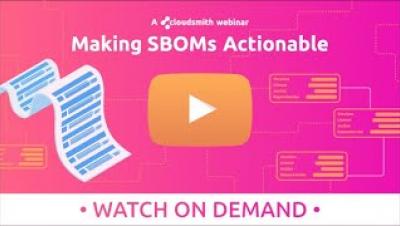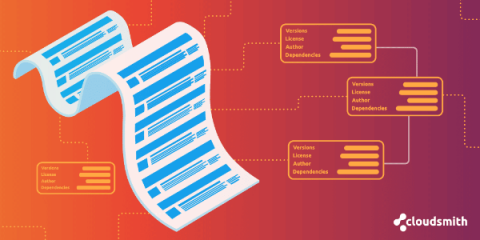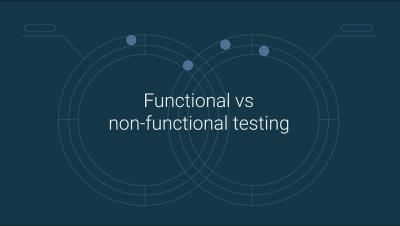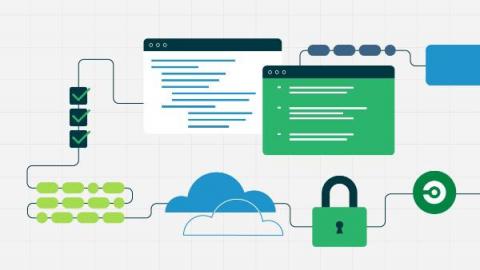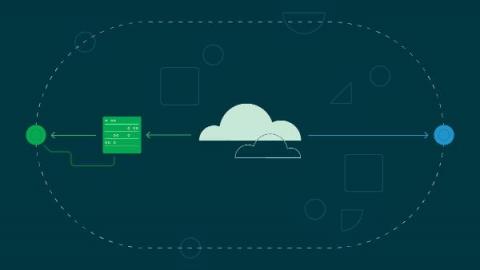Operations | Monitoring | ITSM | DevOps | Cloud
CI CD
The latest News and Information on Continuous Integration and Development, and related technologies.
How to Analyze an SBOM
Ciara discusses how to analyze SBOMs for vulnerabilities using Open Source tools, and how Cloudsmith can take actions like quarantining your images if it contains vulnerabilities above a certain level.
Deliver IT infrastructure faster with Continuous Delivery for Puppet Enterprise
When and Why To Adopt Feature Flags
What if there was a way to deploy a new feature into production — and not actually turn it on until you’re ready? There is! These tools are called feature flags (or feature toggles or flippers, depending on whom you ask). Feature flags are a powerful way to fine-tune your control over which features are enabled within a software deployment. Of course, feature flags aren’t the right solution in all cases.
Default Pull Request Tasks
Testing basics | Functional vs non-functional
To learn more about functional vs non-functional testing, visit: https://circleci.com/blog/functional-vs-non-functional-testing/
Sleuth's DORA Metrics for Software Teams
Automating compliance in software delivery
Software development teams face a large and growing number of obstacles: shifting design requirements, organizational blockers, tight deadlines, complicated tech stacks and software supply chains. One emerging challenge that developers and IT leaders face is the need to stay compliant with regulations and control frameworks that stipulate comprehensive data security, incident response, and monitoring and reporting requirements.
Edge computing vs cloud computing
By now, almost everyone is familiar with cloud computing in one form or another. Throughout the 2010s, the concept of cloud computing evolved within the software industry, then worked its way into everyday life as a universal household term. Somewhat less familiar is the concept of edge computing. The genesis of the “edge” dates to the first content delivery networks in the 1990s. Since then, the edge concept has primarily been the domain of network engineers.
Announcing DORA metrics for teams
Sleuth is pleased to announce a new set of features that enable our customers to measure, compare, and drive efficiency improvements on a per-team basis!


